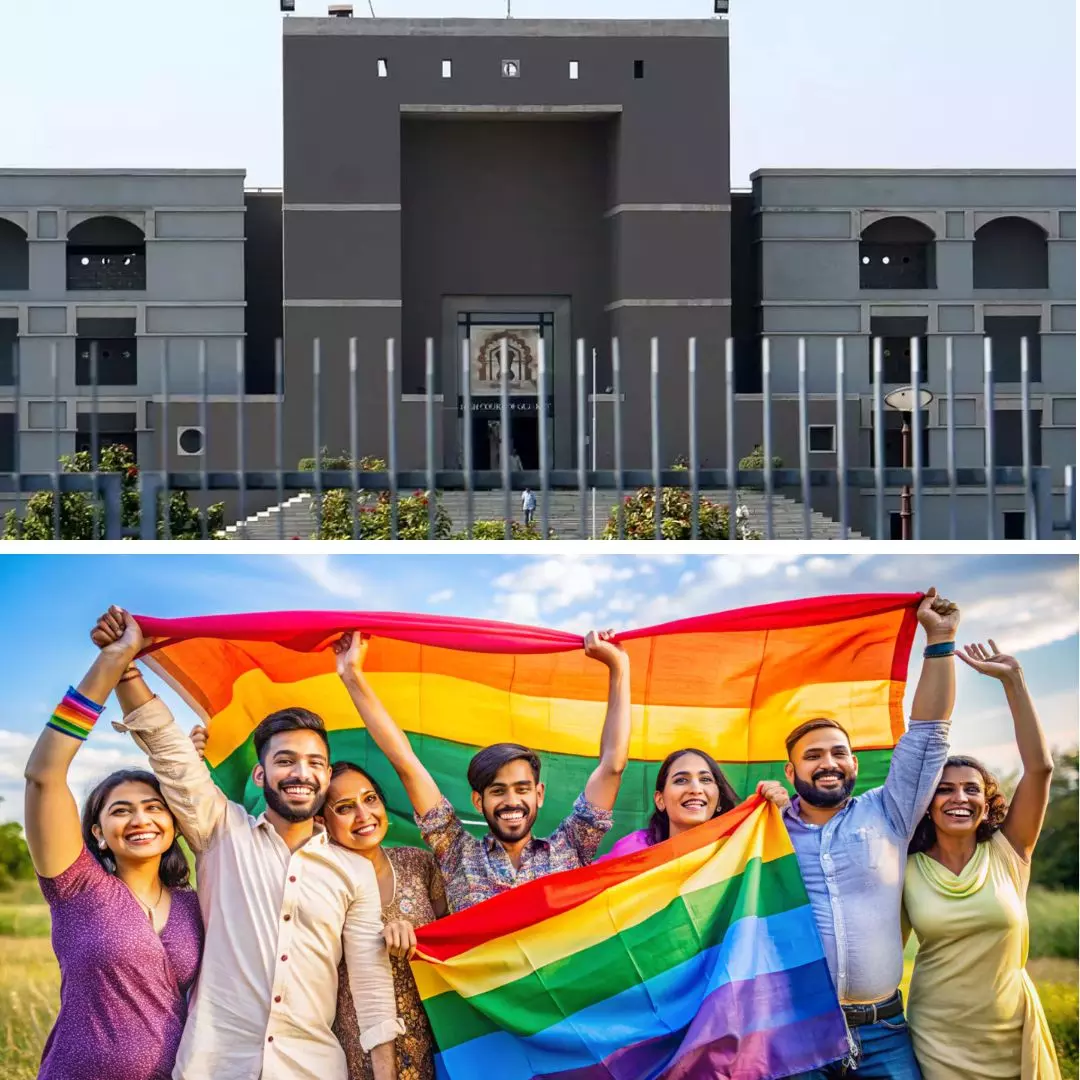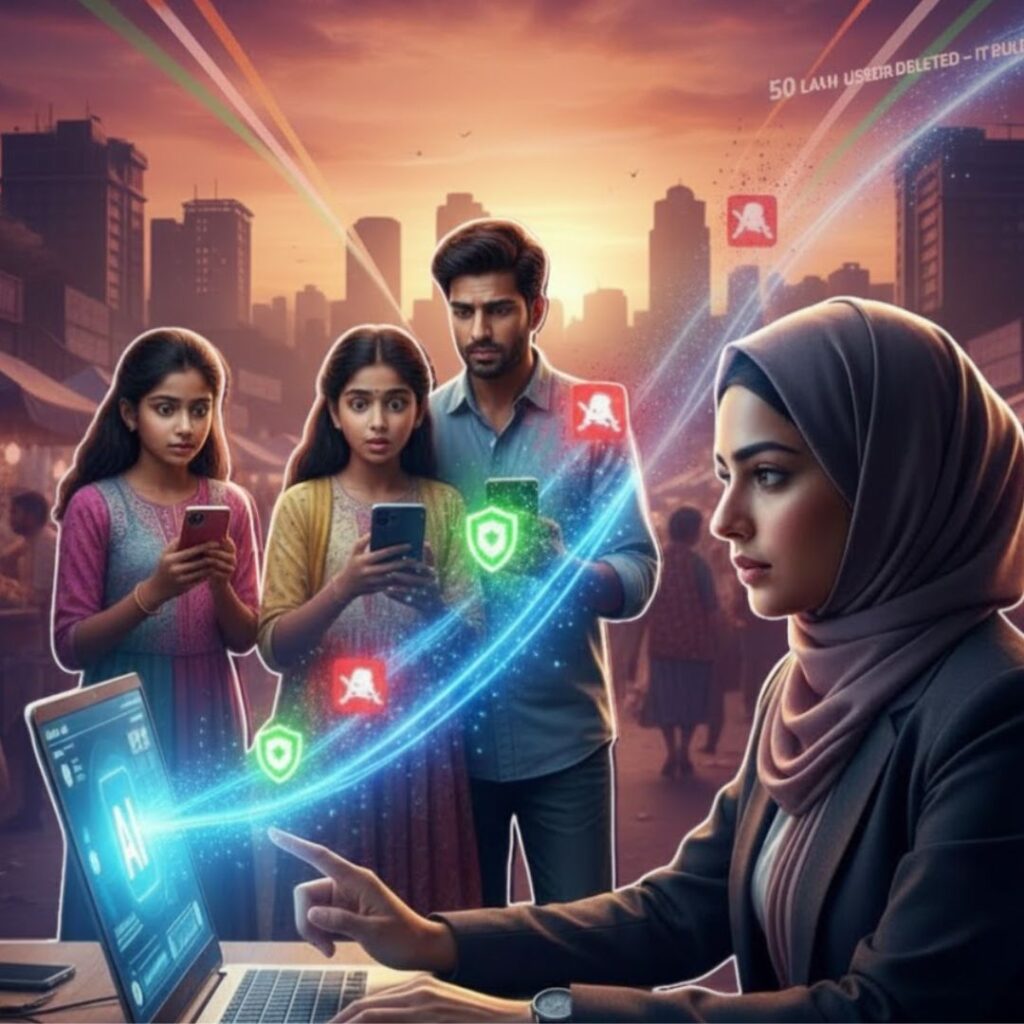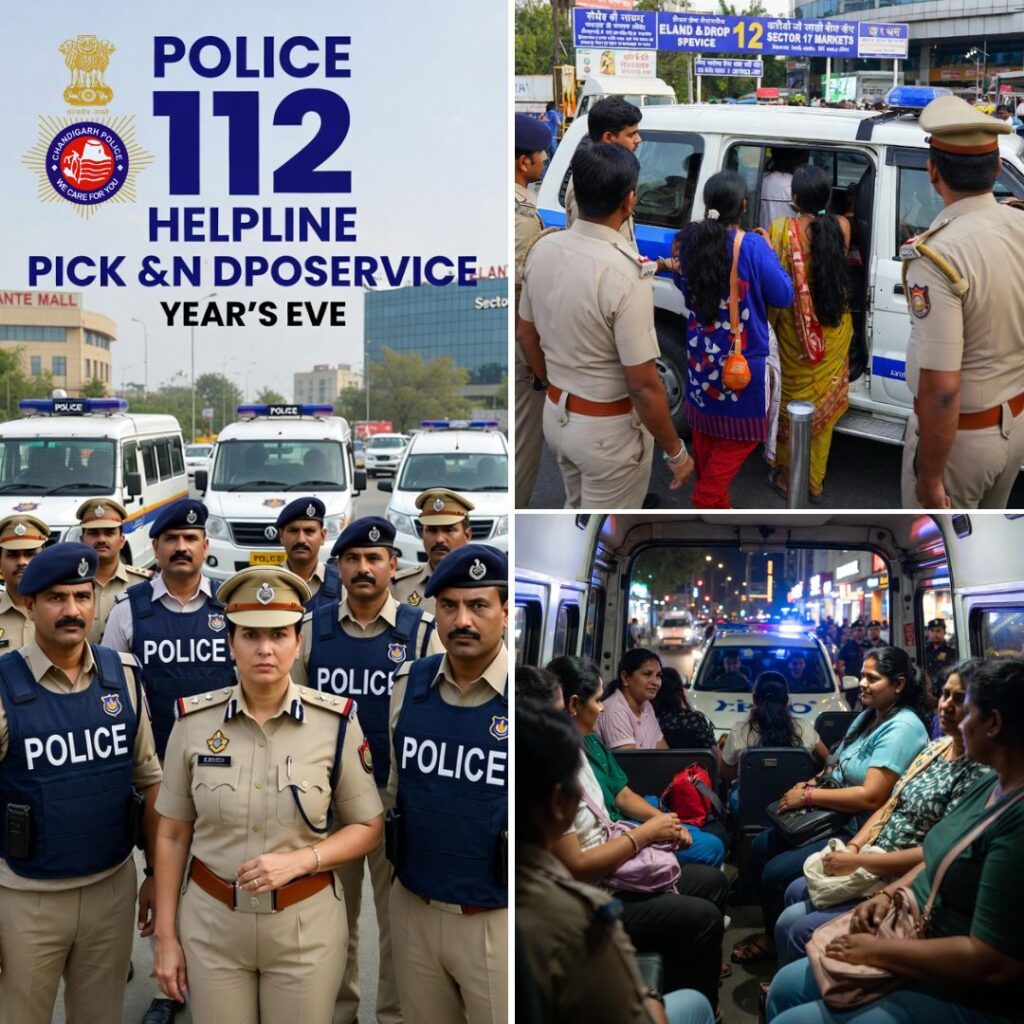The Gujarat High Court granted bail to a 22-year-old man accused under Section 377 of the Indian Penal Code for engaging in consensual same-sex relations with a 64-year-old man. The court ruled that the relationship appeared to be consensual, highlighting the need for a nuanced understanding of such cases. This decision has sparked discussions about the implications of Section 377 and the rights of LGBTQ+ individuals in India.
Court Ruling Highlights
On October 3, 2024, Justice Hasmukh D. Suthar of the Gujarat High Court stated that the relationship between the two men was “prima facie consensual,” leading to the bail grant. The younger man had been charged following a complaint by the older individual, which raised questions about consent and age differences in same-sex relationships. The court’s ruling emphasizes a shift towards recognizing consensual relationships within the LGBTQ+ community, reflecting changing societal attitudes.
Context and Implications
This case comes amidst ongoing debates about Section 377, which criminalizes homosexual acts in India. Although the Supreme Court decriminalized consensual same-sex relations in 2018, cases like this highlight lingering societal and legal challenges faced by LGBTQ+ individuals. Activists argue that such rulings are crucial for advancing rights and protections for marginalized communities, while opponents express concerns about potential misuse of consent claims.
Questions and Answers
1. What was the basis for granting bail to the accused?
The Gujarat High Court found that the sexual relationship between the parties involved was “prima facie consensual,” indicating that there was no clear evidence of coercion or non-consent at this stage of proceedings.
2. What are the implications of this ruling for LGBTQ+ rights in India?
This ruling may signal a progressive shift in how courts interpret Section 377 and consent in same-sex relationships, potentially leading to greater legal protections for LGBTQ+ individuals.
3. What charges were brought against the accused?
The accused faced charges under Section 377 of the Indian Penal Code, which criminalizes “unnatural offenses,” historically used to prosecute same-sex relations.
4. How has this case been received by different stakeholders?
Reactions have varied; LGBTQ+ activists view it as a positive step towards decriminalization and recognition of consensual relationships, while conservative factions may oppose this interpretation.
5. What is next for both parties involved in this case?
Both parties will continue to navigate the legal process as further hearings are scheduled, where more evidence may be presented to clarify the nature of their relationship.











